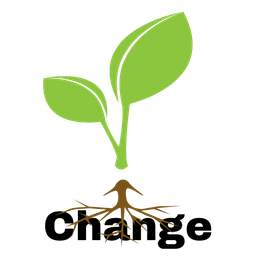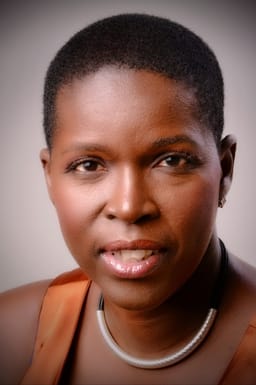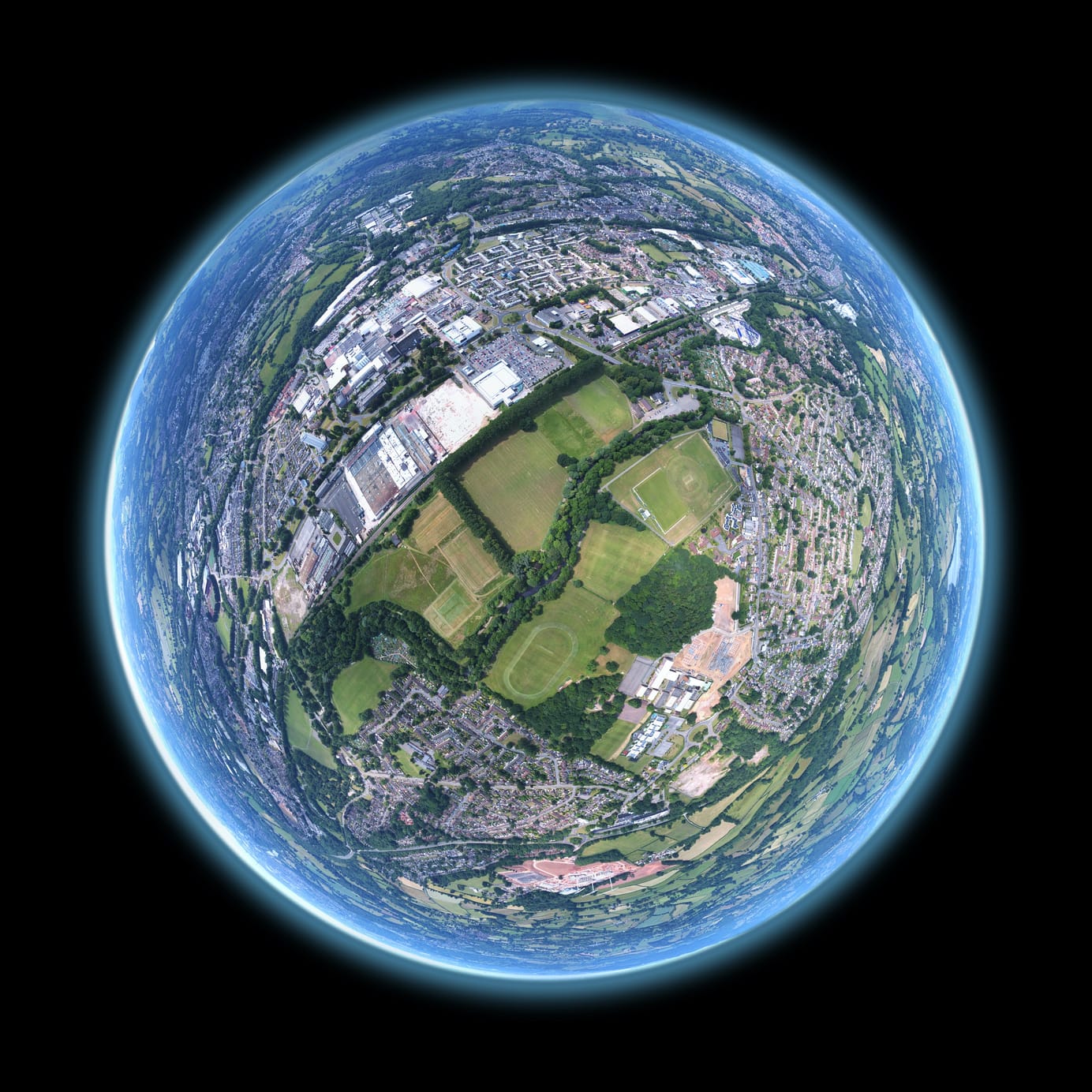
A Finite Planet vs. Infinite Growth
Part II: Rethinking Economic Systems to Grow Climate Resiliency
🤓 Bite-Sized Knurd: Nature is often removed from the discussion of economics. We live on a planet of finite resources, while our economy demands constant growth.
In Case You Missed It: The Economic Forces Behind Climate Minimization
Look at that beautiful globe!
The earth is a magical place. It gives us everything that we have in our lives. The ground we walk on, the food we eat to nourish our bodies, the metal in our iPhones, the old dinosaurs that power our Ford F-Series trucks, and more.
While many of us live in concrete jungles where we drive metal boxes over concrete streets hiding the earth beneath, we are still of nature.
The way we view our economy today often removes nature from the discussion. We discuss how money moves through our society from business to households via wages that then circle back to businesses through purchasing goods and services (the circular flow model). But these discussions never touch on the resources and energy that needed to be extracted from the earth to make this process possible.
Without that fundamental understanding that our economy exists within nature, we forget that our planet is one of finite resources. There are only so many dead dinosaurs that we can suck out of the earth or rare metals to use to create new technology.
And we are rapidly using all of these resources without thinking about the future implications.
Since 1900, we have doubled the mass of human-made materials (think concrete, bricks, and metals) every 20 years and now have more human-made mass (1.1 trillion metric tons) than all life on Earth. The plastic that has been produced since its manufacturing picked up in the 1960s is now more than double the mass of all terrestrial and marine animals (source). That’s just within the last 50 years.
We are literally choking the planet with all of our stuff!
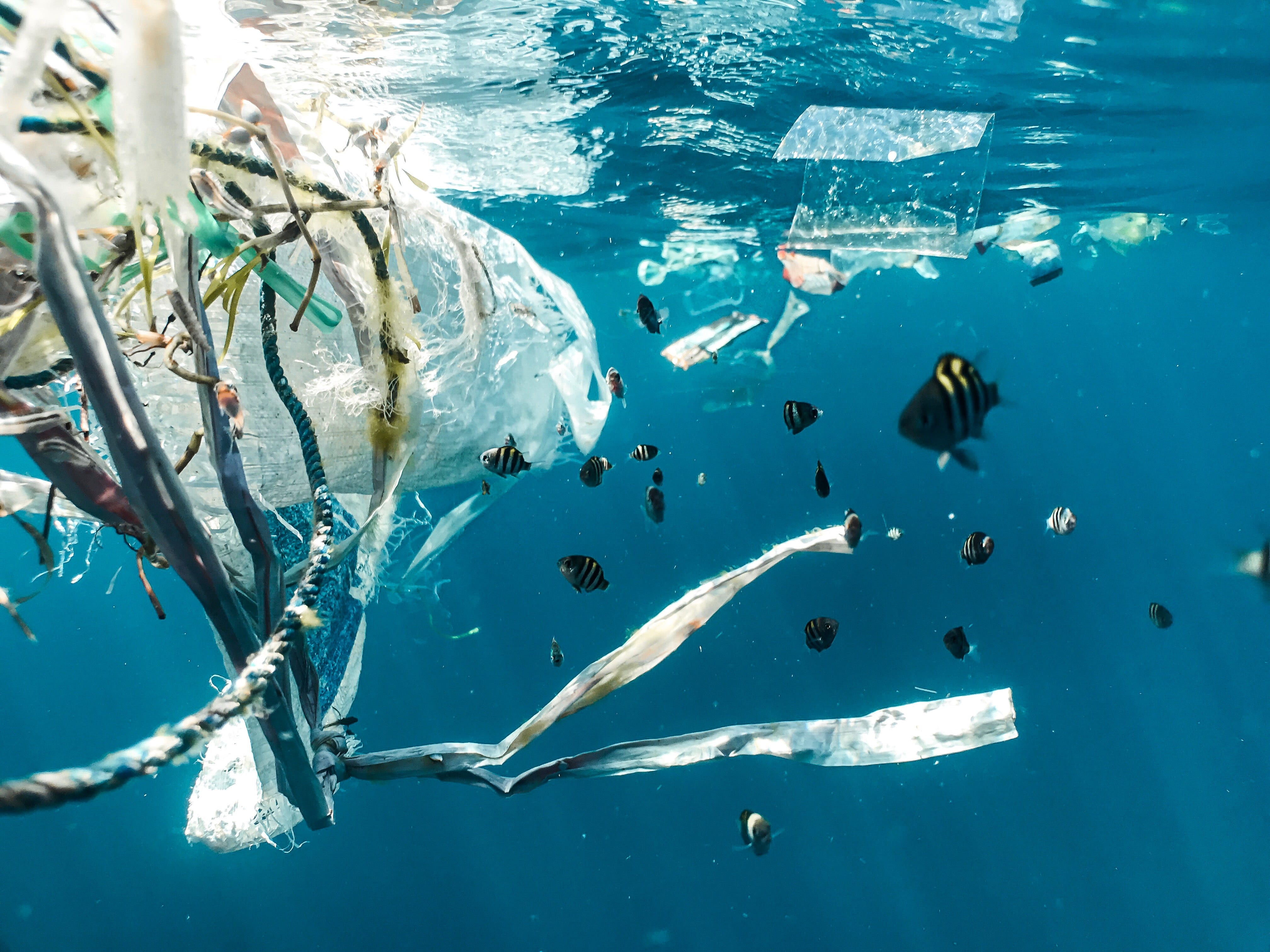
And why do we need all of that stuff?
It goes back to the economic principles that are dominant today.
Growth.
GDP, or gross domestic product, is still relatively new and has helped exacerbate the need for more stuff. GDP became standardized in the 1950s and became the core focus for businesses and governments which led to a massive acceleration of energy, land, and material usage.
The problem though is that GDP only measures the total monetary value of goods and services produced in a country. It doesn’t actually reveal the well-being of society. So when governments’ sole focus became stable growth, their decisions shifted to supporting the growth of business sometimes at the expense of the well-being of its citizens. In fact, there were tacit acknowledgments of that when GDP was being pushed as the main metric of government success.
“Growth is a substitute for equality of income. As long as there is growth there is hope, and that makes large income differentials tolerable” -
Raymond J. Saulnier, Eisenhower’s economic advisor
The illusion of becoming wealthy is a powerful force in such an individualistic society. But this kind of view is harmful to everyone. We all lose out when we don’t have social services. Public parks, free libraries, and more are all resources that help our well-being but take away from the GDP because they are free social services that require government spending. These social services plus other freedoms we hold in the U.S. like a minimum wage or a 5-day work week were all fought by social movements that were against unfettered growth at the expense of citizens.
GDP itself can be a smoke screen to hide the suffering within a country.
Today in the United States, our GDP has boomed post-pandemic. There have been countless articles about the success of the U.S. economy. That all sounds great, except that that wealth is concentrated among the wealthiest 16 million people. Leaving the rest of the 315 million people in the U.S. to fend for the rest of the scraps.
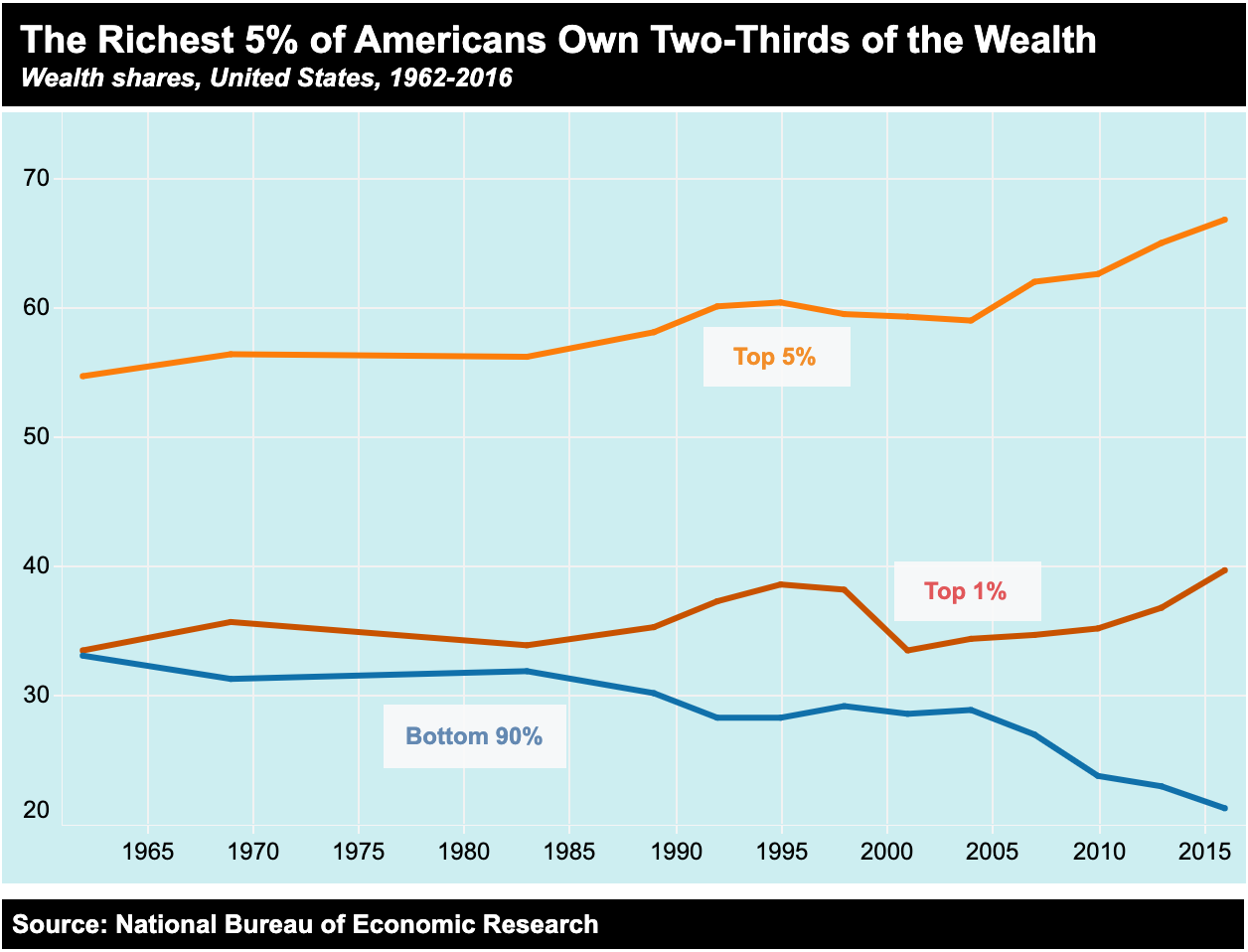
It’s Simply Illogical
At the end of the day, the growth paradigm cannot continue. It’s not possible in the real world.
Most governments target a 3% GDP growth every year. If we follow that logic, we would need to double our growth every 24 years and it would be 8x larger by the end of the century. The $25.5 trillion dollar US GDP would be $205 trillion by 2100.
How is it even possible to produce that much on a finite planet?! Well, it’s not.
We simply don’t have the resources, people, or needs big enough to grow GDP consistently every year. And the planet is reacting as it should in the face of planetary destruction due to our need for growth.
“If we act now, we can still secure a liveable, sustainable future for all,”
- IPCC Chair Hoesung Lee
The Intergovernmental Panel on Climate Change (IPCC) is calling its latest report a “final warning” for governments and institutions to act to stave off the climate crisis. Scientists have long stated that if global average temperatures surge by 1.5 degrees Celsius above preindustrial levels, will lead to irreversible climate destruction.
We have reached 1.1 degrees Celsius and are pacing to reach 1.5 degrees by the first half of the 2030s. It’s now or never for us to step away from the growth cliff and begin to reimagine what a climate-resilient, well-being-focused economy looks like.
We cannot lose sight that the economy is embedded in society without which it could not function. And the economy and society are embedded in nature.
We must ask ourselves what does cost it us when we demand infinite growth?
Next Up:

the roots of change media Newsletter
Join the newsletter to receive the latest updates in your inbox.

